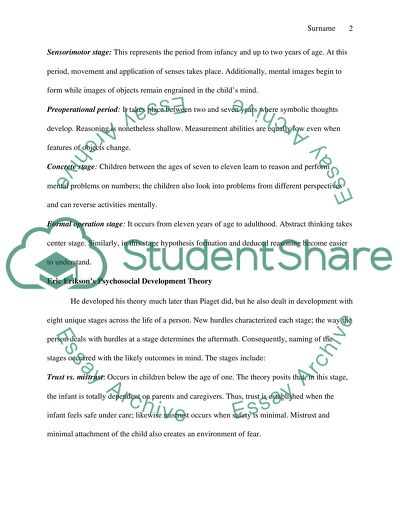Cite this document
(“Comparing and Contrasting Jean Piaget and Erik Erikson work on Child Essay”, n.d.)
Retrieved de https://studentshare.org/psychology/1451702-research-jean-piaget-and-erik-erikson-work-on
Retrieved de https://studentshare.org/psychology/1451702-research-jean-piaget-and-erik-erikson-work-on
(Comparing and Contrasting Jean Piaget and Erik Erikson Work on Child Essay)
https://studentshare.org/psychology/1451702-research-jean-piaget-and-erik-erikson-work-on.
https://studentshare.org/psychology/1451702-research-jean-piaget-and-erik-erikson-work-on.
“Comparing and Contrasting Jean Piaget and Erik Erikson Work on Child Essay”, n.d. https://studentshare.org/psychology/1451702-research-jean-piaget-and-erik-erikson-work-on.


